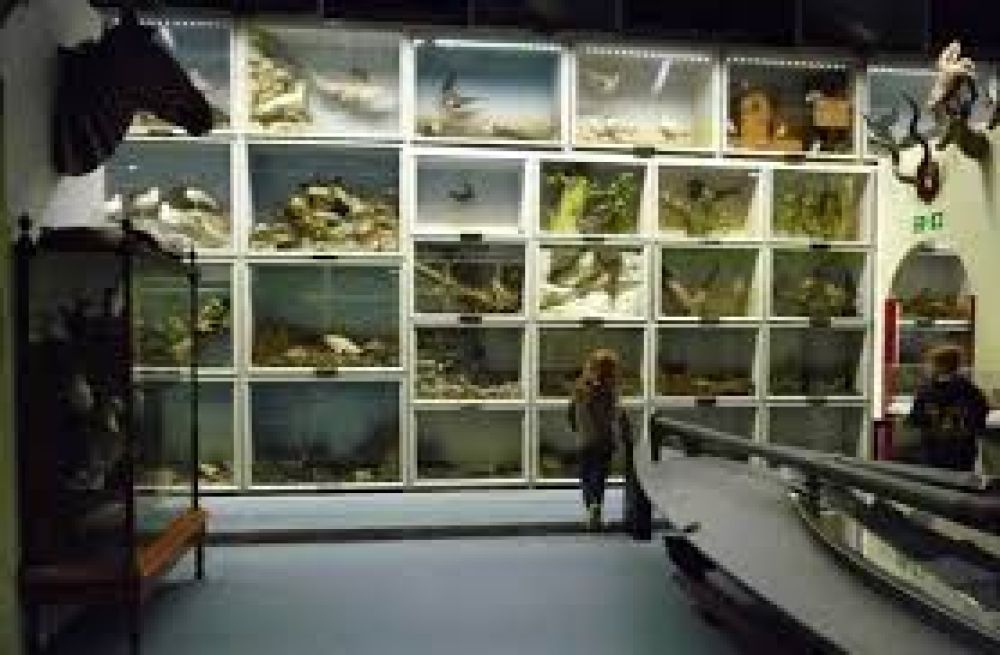

Established in 1874 by Victorian naturalist Edward Thomas Booth, the Booth Museum of Natural History has been a fascinating destination for tourists interested in ornithology, Victorian taxidermy, and British wildlife. The museum was originally founded to house Booth's extensive collection of British birds displayed in their natural settings, and it has since evolved to become a significant educational resource and an intriguing tourist attraction in Brighton, United Kingdom.
The tourist appeal of the Booth Museum stems from its unique portrayal of Victorian-era natural history enthusiasm. Throughout the years, it has drawn visitors looking to experience Booth's attempt to capture the diversity of British birdlife. Over time, additional collections have expanded the offerings of the museum to include fossils, bones, and a variety of natural history specimens, adding depth and breadth to the original collection.
The museum's historic architecture and irreplaceable specimens have provided a rich educational experience for school groups, families, and history aficionados. Not only has the Booth Museum been recognized for its cultural heritage, but it has also been embraced by the community for its commitment to preservation and education.
In recent times, the Booth Museum of Natural History has adapted to the changing tourism landscape by offering interactive exhibits, unique events, and educational programs to engage and attract a broader audience.
The Booth Museum of Natural History remains free to the public, encouraging accessibility and inclusivity for all visitors. With consistent updates to its exhibits and events, it offers both an educational and intriguing outing for those visiting Brighton. The museum's commitment to highlighting the beauty and diversity of the natural world while preserving the integrity of its historical collections ensures that it remains a valuable and cherished asset to Brighton’s tourism industry.
As part of the Royal Pavilion and Museums Trust, the Booth Museum contributes to Brighton's reputation as a cultural and educational hub. Its role in promoting conservation and an understanding of natural history has also played a part in Brighton’s progressive stance on environmental issues. The museum's integration of history, education, and entertainment continues to solidify its status as a vital component of Brighton's tourist attractions and its broader contribution to the UK’s cultural landscape.